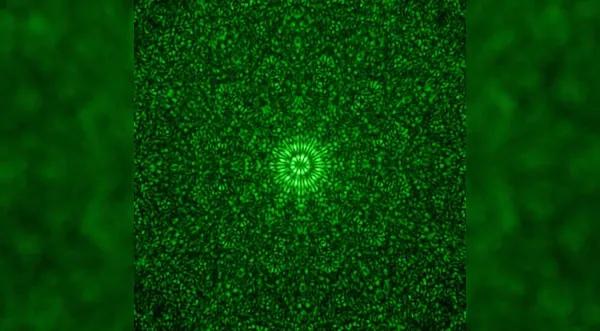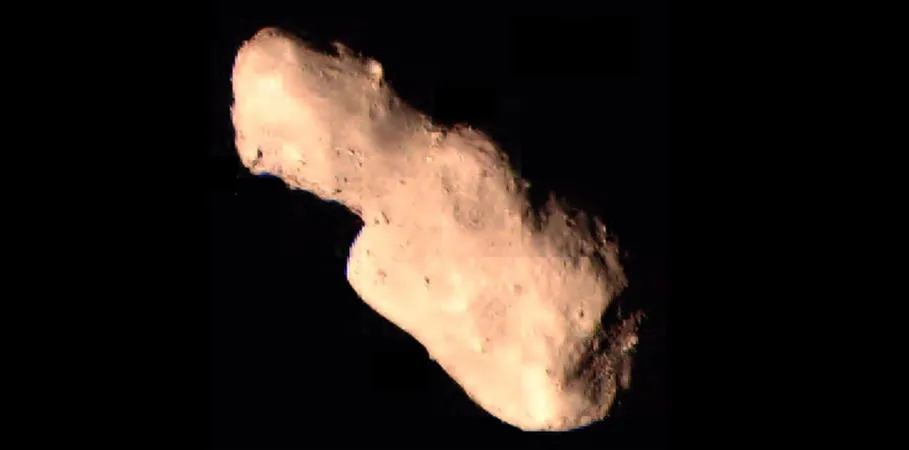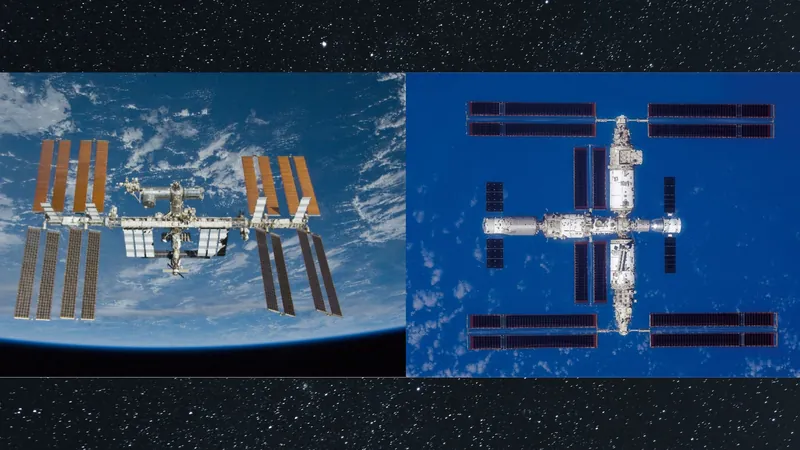
Eye of the Storm: Breakthrough in Light Manipulation Could Revolutionize Data Transmission
2024-11-11
Author: Li
Introduction
In an age where information is the cornerstone of modern communication, scientists are constantly on the hunt for innovative ways to encode and transmit vast amounts of data. A groundbreaking development from Aalto University’s Department of Applied Physics presents a potential game-changer in this pursuit: researchers have successfully created tiny “hurricanes” of light, known as vortices, that can contain and transmit information more efficiently than ever before.
Research and Development
Led by Doctoral Researchers Kristian Arjas and Jani Taskinen under the guidance of Professor Päivi Törmä, the team manipulated metallic nanoparticles interacting with electric fields to produce this remarkable phenomenon. Their method employs unique geometric designs classified as quasicrystals, which were theorized prior to experimentation. This pioneering work not only advances the fundamental understanding of light manipulation but also paves the way for new methodologies in information transmission.
Understanding the Vortex
Imagine a vortex of light as a miniature hurricane: a dark center—akin to a hurricane's eye—surrounded by a bright ring. This mesmerizing formation arises when the forces of the electric field within the light beam interact in varied directions, resulting in calm at the center while chaotic energy swirls around it. The researchers’ findings indicate that the shape and symmetry of the structure producing the vortices dictate the type of vortices that can be generated. For instance, square arrangements yield a single vortex, whereas hexagon-shaped particles produce more complex vortices.
In a significant leap, the researchers discovered a method to create structures capable of exhibiting any type of vortex, bridging the gap between order and chaos and unlocking potential new applications.
Innovative Manipulation Techniques
The team’s groundbreaking study involved the manipulation of about 100,000 metallic nanoparticles, each measuring merely a hundredth of a human hair’s diameter. They ingeniously focused on placing these particles in areas of the electric field with minimal interaction, effectively isolating them to utilize the most promising properties for future applications.
“There are regions of electric fields that have intense vibration and others that are virtually inactive. By strategically placing our particles in these dormant zones, we were able to enhance the energy characteristics, leading to vorticity with intriguing applications,” Taskinen explained.
A Bright Future for Data Transmission
The implications of this discovery are profound, particularly in the realm of telecommunications. By potentially using these light vortices in optical fibers, researchers estimate the capacity for data transmission could increase by 8 to 16 times, allowing for much larger volumes of information to be sent simultaneously. Just imagine the possibilities—streaming high-definition videos, real-time virtual reality experiences, and instantaneous data transfers—becoming more seamless and efficient.
Of course, the practical implementation of these designs and their scalability will take time and rigorous engineering. Meanwhile, the Quantum Dynamics group at Aalto University continues to juggle several ambitious research projects, including superconductivity and advancements in organic LED technology.
Conclusion
As we look toward a future increasingly driven by data, this significant step forward in light manipulation heralds a new era for the transmission of information, one that could transform the way we connect, communicate, and interact in the digital world. Stay tuned for more updates on this exciting development!




 Brasil (PT)
Brasil (PT)
 Canada (EN)
Canada (EN)
 Chile (ES)
Chile (ES)
 Česko (CS)
Česko (CS)
 대한민국 (KO)
대한민국 (KO)
 España (ES)
España (ES)
 France (FR)
France (FR)
 Hong Kong (EN)
Hong Kong (EN)
 Italia (IT)
Italia (IT)
 日本 (JA)
日本 (JA)
 Magyarország (HU)
Magyarország (HU)
 Norge (NO)
Norge (NO)
 Polska (PL)
Polska (PL)
 Schweiz (DE)
Schweiz (DE)
 Singapore (EN)
Singapore (EN)
 Sverige (SV)
Sverige (SV)
 Suomi (FI)
Suomi (FI)
 Türkiye (TR)
Türkiye (TR)
 الإمارات العربية المتحدة (AR)
الإمارات العربية المتحدة (AR)